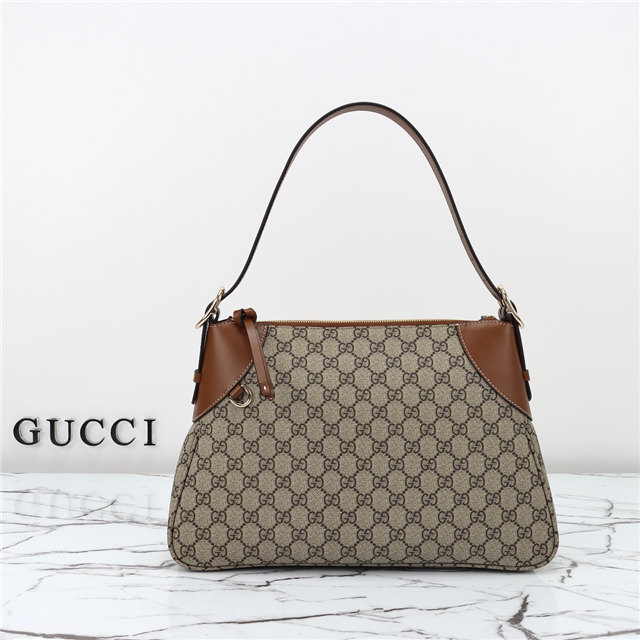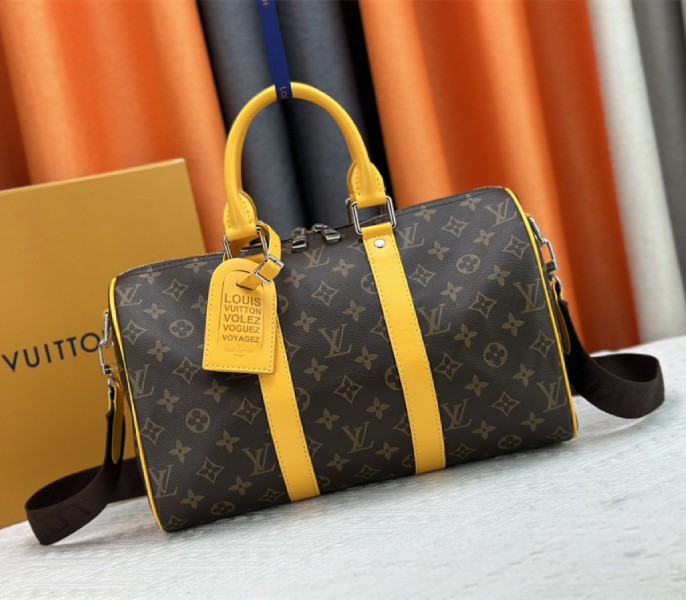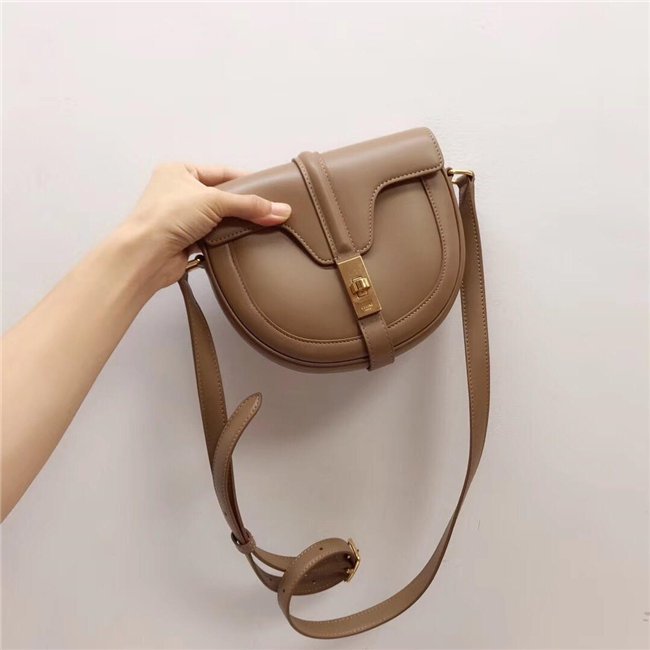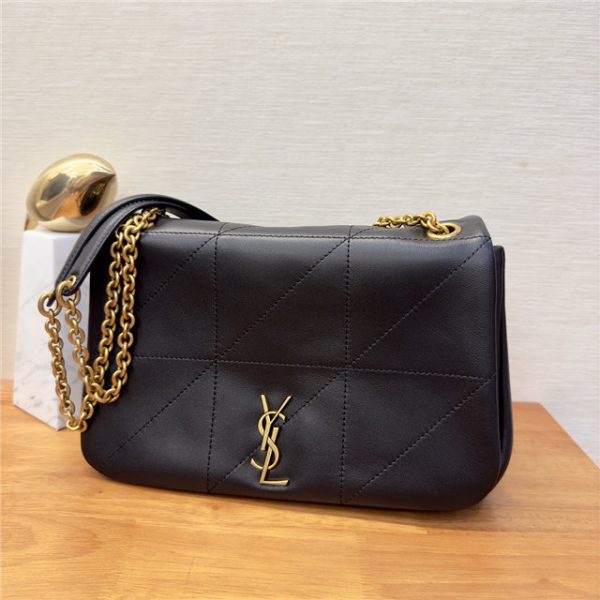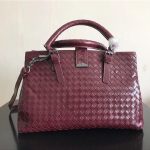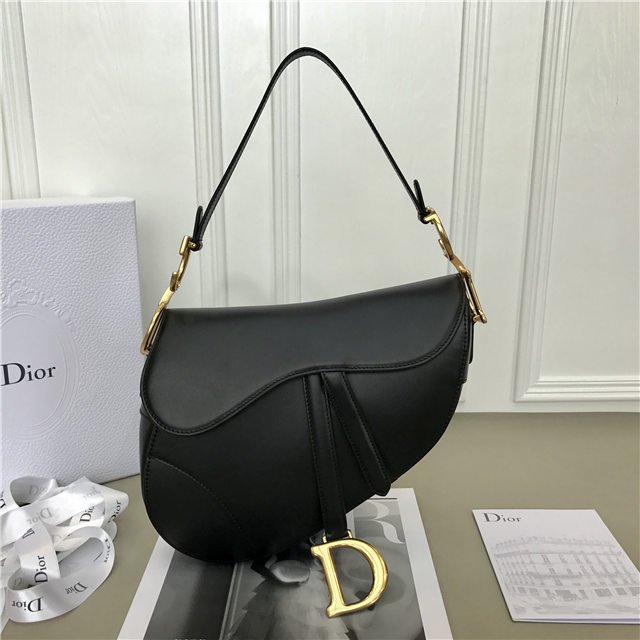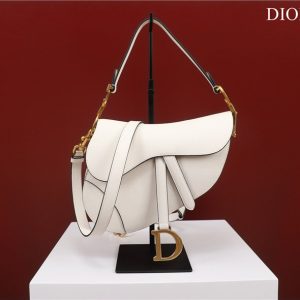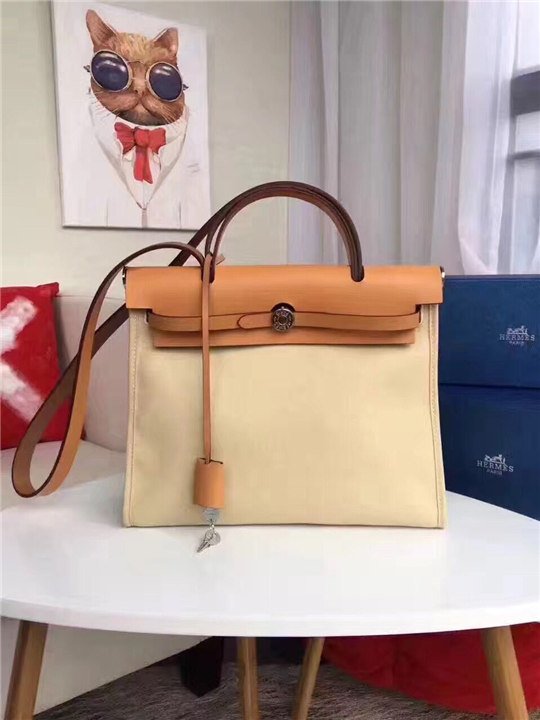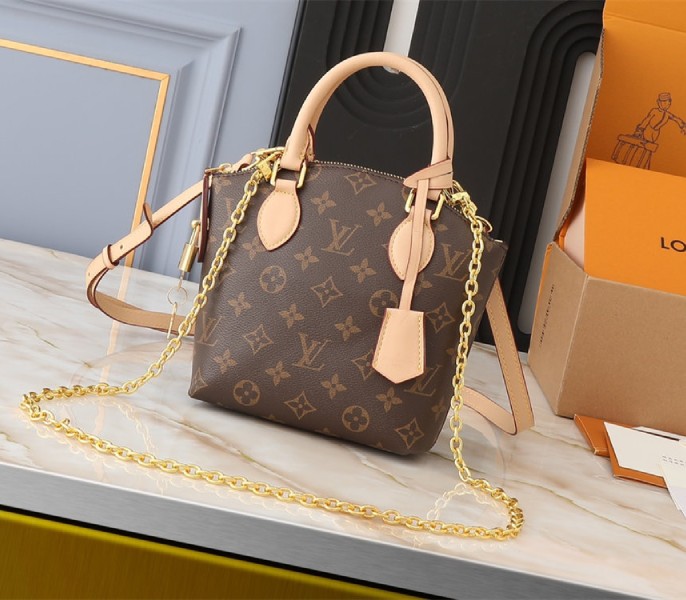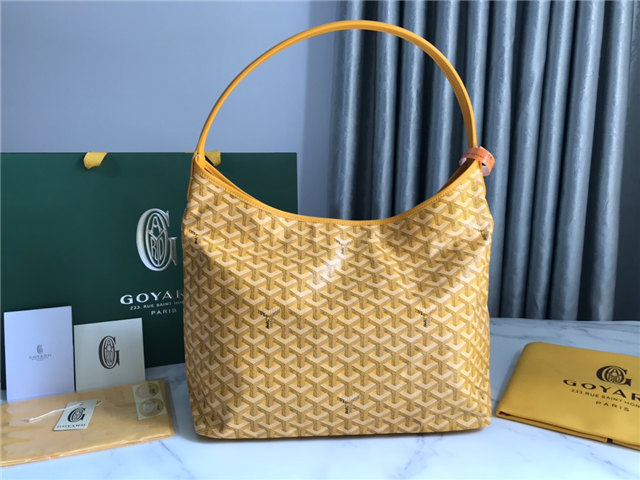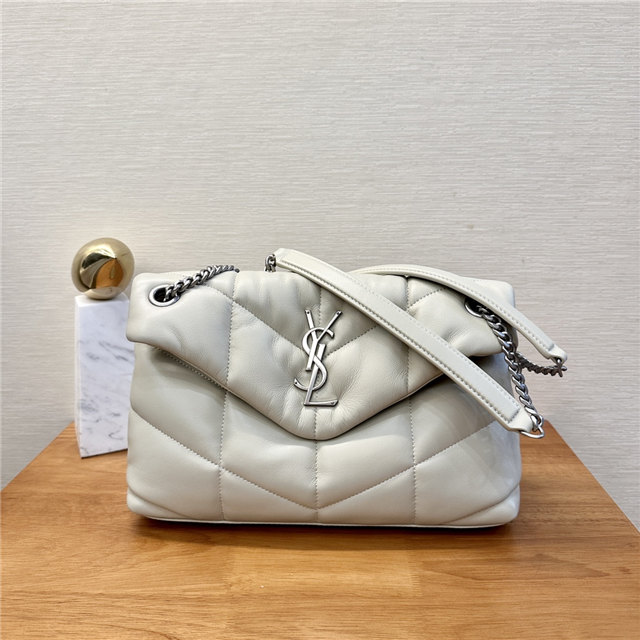First off, and I can’t stress this enough, get good pics. Seriously, if you’re asking someone online to authenticate it, don’t give them blurry potato pics. Think magazine quality, but, you know, of the inside of your bag. Nobody wants to squint at a pixelated mess. It’s like trying to read a novel through a keyhole.
Okay, the lining. Real Louis Vuitton linings *depend* on the bag. You can’t just say “oh, all authentic bags have red lining.” Nope. Some are canvas, some are microfiber, some are even leather. You *gotta* know what lining that particular model of bag *should* have. Google is your bestie here. Type in “Louis Vuitton [Name of Bag] lining material” and get educated. If the lining is, like, super cheap-feeling, thin plastic-y stuff? Red flag. Big time.
The stitching. Okay, this is a biggie. Louis Vuitton is known for its craftsmanship. That means the stitching should be even, straight, and look like it was done by a freaking robot. No loose threads, no uneven spacing, no wonky angles. Fakes? They often mess this up. You’ll see threads sticking out, stitches that are too close together in some spots and too far apart in others…basically, it just looks sloppy. Think “made in a sweatshop” versus “carefully crafted in a Parisian atelier.” Big difference, right?
Now, let’s talk about pockets! Real LV bags have pockets that are carefully designed and sewn in. The seams should be clean, and the material of the pocket should match the overall quality of the bag. Fakes might skimp on the pockets, using cheaper materials or sloppy stitching. I once saw a fake with a pocket that was literally sewn on crooked. Like, how did they even *do* that? It was honestly comical.
Speaking of comical, let’s talk about labels. The inside of your bag should have a heat stamp with “Louis Vuitton” and “Made in [Country].” Here’s where things get tricky. First, make sure the font is correct. There are sites dedicated to identifying the correct LV font. Second, check the “Made in” part. Real LV bags are made in France, Spain, Italy, Germany, and the US, depending on the bag. If it says “Made in China,” well, you know… it’s about as real as a unicorn riding a skateboard.
And this is my own personal pet peeve: that date code! This is a tricky one to read. LV uses date codes rather than serial numbers, and it’s not always obvious what it means. Those codes are used to tell you when your bag was manufactured, and in which country. Google is your friend again! Do some research to figure out what the code means for your bag. BUT…a date code doesn’t *guarantee* authenticity. Fakers are getting better at copying these.
Okay, so you’ve checked the lining, the stitching, the pockets, the label, and the date code. What if everything *looks* good? Well, that’s when you might want to get it professionally authenticated. There are companies that specialize in this, and they can spot fakes that even the most eagle-eyed amateur might miss. It costs money, but it’s worth it for peace of mind.

